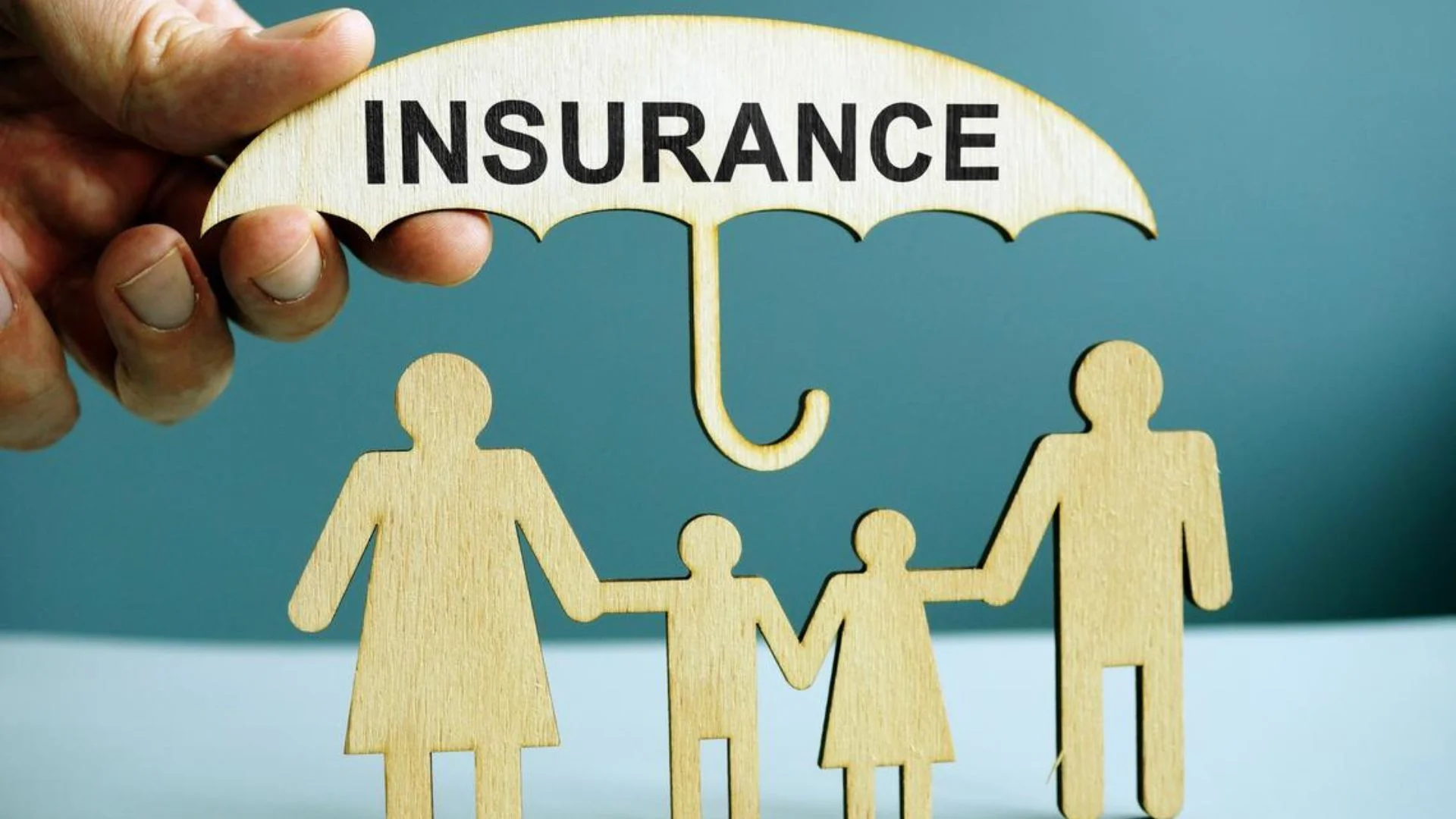Introduction to Universal Life Insurance
Universal Life Insurance (UL) is a type of permanent life insurance that offers flexibility in premium payments, death benefits, and cash value accumulation. Unlike term life insurance, which covers you for a specific period, universal life insurance provides lifelong protection as long as premiums are paid. This type of policy is particularly appealing to those who want more control over their insurance and investment choices.
In this article, we’ll delve into the intricacies of universal life insurance quotes, exploring how they are determined, what factors influence them, and how to compare quotes effectively. We’ll also discuss the advantages and potential drawbacks of universal life insurance to help you make an informed decision.
How Universal Life Insurance Works
Universal life insurance combines a death benefit with a savings component, which grows based on a minimum interest rate or market performance, depending on the policy type. Here’s a closer look at how it functions:
- Premium Payments: Policyholders have the flexibility to pay premiums in varying amounts, as long as they cover the cost of insurance and administrative fees. Overpayments go into the policy’s cash value.
- Cash Value Accumulation: The cash value grows tax-deferred, earning interest at a rate specified in the policy. Some universal life policies, like Variable Universal Life (VUL) and Indexed Universal Life (IUL), offer the potential for higher returns based on market performance.
- Adjustable Death Benefit: Policyholders can adjust their death benefit amount, subject to underwriting approval, to accommodate changing needs or goals.
- Loan and Withdrawal Options: The cash value can be accessed through policy loans or withdrawals, offering a source of liquidity. However, borrowing from the policy may reduce the death benefit and cash value.
Factors Influencing Universal Life Insurance Quotes
When obtaining a universal life insurance quote, several factors come into play. Understanding these factors can help you anticipate costs and tailor a policy to your needs:
- Age and Gender: Younger applicants generally receive lower quotes because they are statistically less likely to die in the near term. Gender also plays a role, with women typically paying lower premiums than men due to longer life expectancy.
- Health Status: Your health at the time of application significantly impacts the quote. Insurers consider factors such as medical history, smoking status, and family health background. Healthier individuals benefit from lower premiums.
- Policy Type and Features: The type of universal life insurance (e.g., VUL, IUL) and additional features or riders (like long-term care or disability riders) can affect the quote. Policies with more investment options or higher flexibility may come with higher costs.
- Coverage Amount: The desired death benefit directly influences the premium. Higher coverage amounts lead to higher premiums.
- Interest Rates and Market Performance: For policies linked to market performance (VUL and IUL), anticipated returns can affect premium costs. Higher potential returns may reduce the premium amount required to sustain the policy.
- Company-Specific Factors: Each insurance company has its underwriting guidelines and pricing models, which can result in varying quotes for the same coverage.
How to Compare Universal Life Insurance Quotes
Comparing universal life insurance quotes requires more than just looking at premium amounts. Here’s a step-by-step guide to help you navigate the process:
- Understand Your Needs: Determine your coverage needs, financial goals, and risk tolerance. Decide whether you prefer guaranteed interest rates or are comfortable with market-based returns.
- Gather Multiple Quotes: Request quotes from several insurers to get a range of options. Ensure you provide the same information to each company for accurate comparisons.
- Examine Policy Features: Look beyond the premium and death benefit. Assess the cash value growth potential, flexibility in premium payments, and any available riders or additional benefits.
- Review Company Ratings: Consider the financial strength and reputation of each insurance company. Reliable companies are more likely to fulfill their obligations in the long term.
- Consult with a Financial Advisor: A financial advisor can help you understand the nuances of each policy and how they align with your financial strategy.

The Pros and Cons of Universal Life Insurance
Universal life insurance offers unique advantages but also comes with potential drawbacks. Here’s a balanced look at its pros and cons:
Pros
- Flexibility in Premium Payments: Unlike other permanent life insurance policies, UL allows you to adjust your premium payments according to your financial situation. You can pay higher premiums when you have extra funds or lower premiums during tight financial periods.
- Cash Value Growth: The policy’s cash value grows tax-deferred, providing a savings component that can be used for various purposes, including loans or as supplemental retirement income.
- Adjustable Death Benefit: Policyholders can increase or decrease the death benefit as needed, subject to underwriting requirements. This flexibility can be beneficial as your financial responsibilities change.
- Potential for Higher Returns: Variable and Indexed UL policies offer opportunities for higher returns based on market performance, potentially outpacing traditional savings options.
- Tax Advantages: The death benefit is generally paid out tax-free to beneficiaries, and the cash value grows tax-deferred.
Cons
- Complexity: Universal life insurance policies can be complicated, with multiple components and moving parts. Understanding the intricacies of how premiums, cash value, and death benefits interact can be challenging.
- Market Risk: For VUL and IUL policies, cash value growth depends on market performance, which can be unpredictable. Poor performance could reduce the policy’s cash value and necessitate higher premiums to maintain coverage.
- Higher Costs: Compared to term life insurance, UL policies typically have higher premiums, especially for those with extensive investment options or riders.
- Policy Management: The flexibility of premium payments requires active management. Failing to pay sufficient premiums could deplete the cash value and potentially lapse the policy.
- Surrender Charges: Withdrawing funds or terminating the policy early may result in significant surrender charges, reducing the policy’s overall value.
Tips for Getting the Best Universal Life Insurance Quote
Securing a favorable universal life insurance quote involves strategic planning and preparation. Here are some tips to help you get the best possible quote:
- Maintain Good Health: Healthy individuals are rewarded with lower premiums. Regular exercise, a balanced diet, and routine medical check-ups can help you qualify for better rates.
- Choose the Right Policy Type: Consider your financial goals and risk tolerance when selecting between VUL, IUL, or a standard UL policy. Each has different implications for premiums and cash value growth.
- Optimize Your Coverage Amount: Only buy as much coverage as you need. Over-insuring can lead to unnecessarily high premiums.
- Leverage Discounts: Some insurers offer discounts for various reasons, such as bundling policies or maintaining a healthy lifestyle. Ask about any available discounts when obtaining quotes.
- Work with an Experienced Agent: An experienced insurance agent can help you navigate the complexities of universal life insurance and find a policy that fits your needs and budget.
Conclusion
Universal life insurance offers a blend of lifelong coverage, flexible premiums, and cash value accumulation, making it a versatile option for many individuals. When considering a universal life insurance policy, it’s crucial to understand how quotes are determined and what factors influence them. Comparing quotes from multiple insurers and evaluating policy features in detail will ensure you find the best coverage for your needs.
While universal life insurance provides significant advantages, such as flexibility and potential cash value growth, it also comes with complexities and risks, particularly with market-linked policies. By carefully assessing your financial situation and working with knowledgeable professionals, you can secure a policy that offers both protection and financial benefits for you and your loved ones.
In the ever-evolving landscape of life insurance, universal life insurance stands out as a dynamic and customizable option, allowing policyholders to adapt to life’s changes while securing their financial future.
